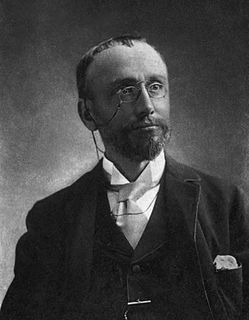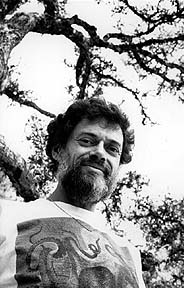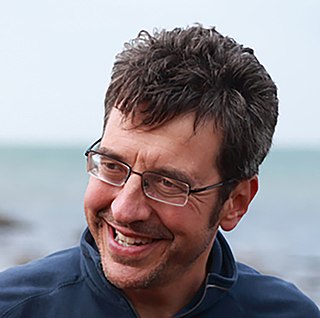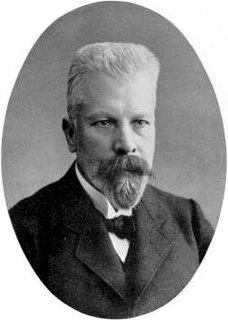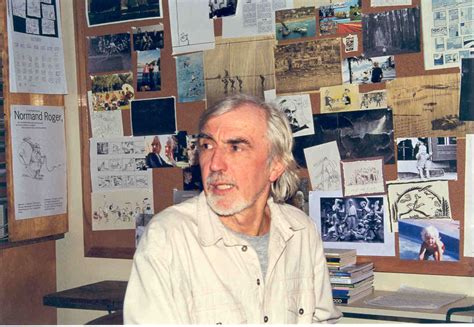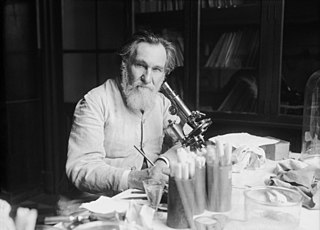A Quote by Janet Macunovich
Take care with manufactured chemicals, certainly. Your safety and long term health are more important than anything. Yet don't forget that if you grow even a dozen different plants, you are surrounded by chemistry. Inside their cells even the most ordinary plants creates potent fungicides, insecticides, irritants, balms, hallucinogens, sedatives, nerve toxins, cell repair stimulants, lures, repellents... you name it. Treat all plants with respect!
Quote Topics
Anything
Care
Cell
Cells
Certainly
Chemicals
Chemistry
Creates
Different
Dozen
Even
Forget
Grow
Hallucinogens
Health
Important
Insecticides
Inside
Irritants
Long
Long Term
More
Most
Name
Nerve
Ordinary
Plants
Potent
Repair
Respect
Safety
Stimulants
Surrounded
Take
Take Care
Term
Than
Toxins
Treat
Your
Related Quotes
What does he plant who plants a tree?
He plants the friend of sun and sky;
He plants the flag of breezes free;
The shaft of beauty, towering high, he plants a home to heaven anigh.
For song and mother-croon of bird, in hushed and happy twilight heard -
The treble of heaven's harmony.
These things he plants who plants a tree.
We can look at the way of improving the key biochemical processes like photosynthesis itself. A lot of energy is lost to keep the plant cool. So maybe we can think of building plants which are more resistant to heat. Genetically modified plants can be one answer and we can imagine more efficient plants, call them 'energy plants'. And I believe, contrary to what ecologists think, they can still be beautiful plants.
Whole plants differ in their effects from refined drugs (:)...Plants are dilute preparations (of) the active principles...Plants usually go into the body through the mouth and stomach, whereas purified chemicals can be put...by snorting or injecting...directly into...bloodstreams without giving...bodies a chance to process them. Other compounds in drug plants...may modify the active principles, making them safer.
I really think there is a very large distinction between synthetic and naturally occurring drugs. ... I think that these plants 'take people' as much as people take the plants. ... When you take one of these ancient, ancient hallucinogens you are locking in to the morphogenetic fields of all the people who ever took it.
Rainforests are not confined to the tropics: a good definition is forest wet enough to support epiphytes - plants that grow on other plants. Particularly in the west of Britain, where tiny fragments persist, you can find trees covered in rich growths of a fern called polypody, mosses and lichens, and flowering plants climbing the lower trunks.
What a difference that extra 120 ppm has made for plants, and for animals and humans that depend on them. The more carbon dioxide there is in the atmosphere, the more it is absorbed by plants of every description - - and the faster and better they grow, even under adverse conditions like limited water, extremely hot air temperatures, or infestations of insects, weeds and other pests. As trees, grasses, algae and crops grow more rapidly and become healthier and more robust, animals and humans enjoy better nutrition on a planet that is greener and greener.
Today, about 40 percent of America's carbon pollution comes from our power plants. There are no federal limits to the amount those plants can pump into the air. None. We limit the amount of toxic chemicals like mercury, and sulfur, and arsenic in our air and water, but power plants can dump as much carbon pollution into our atmosphere as they want. It's not smart, it's not right, it's not safe, and I determined it needs to stop.


